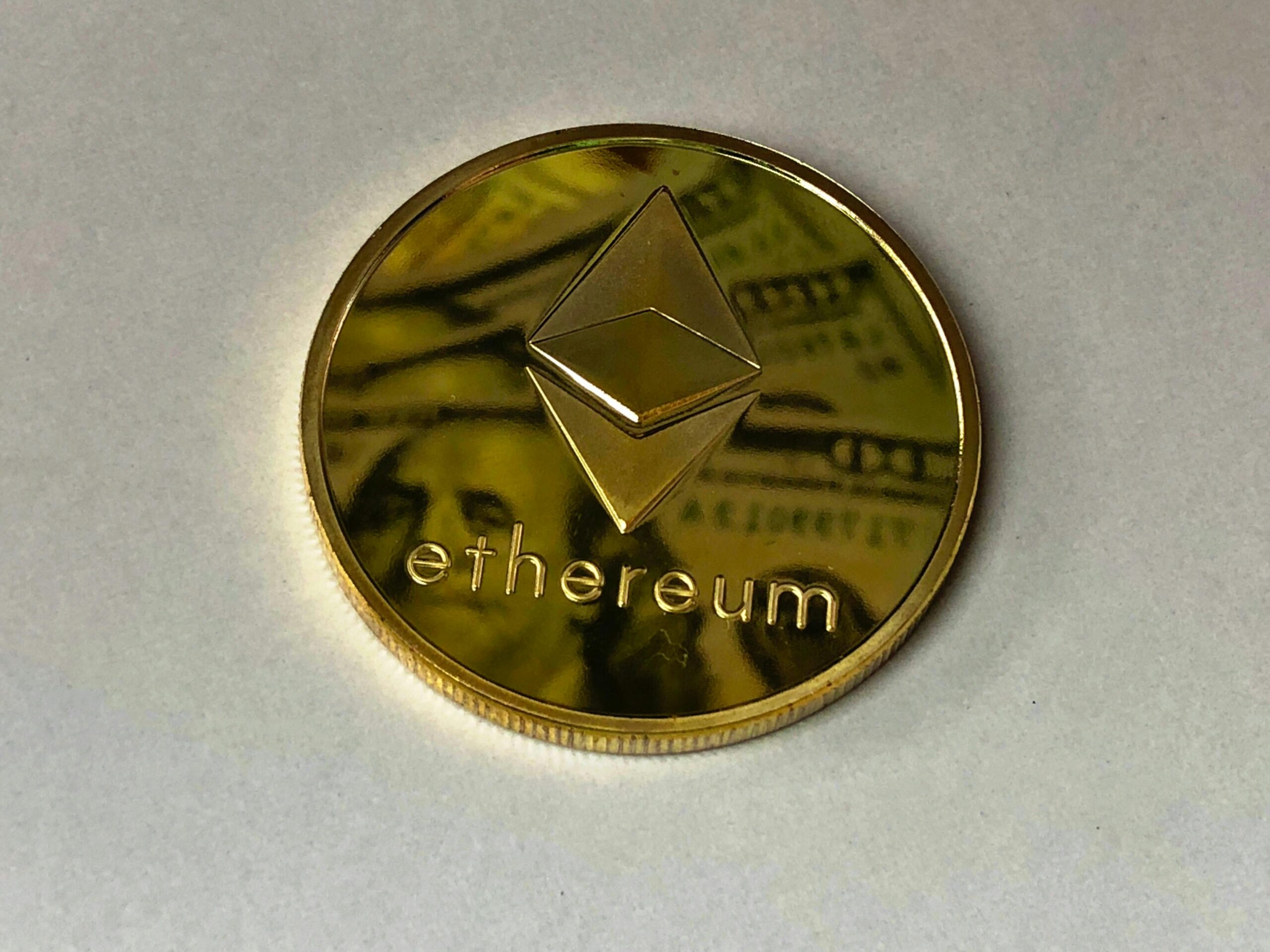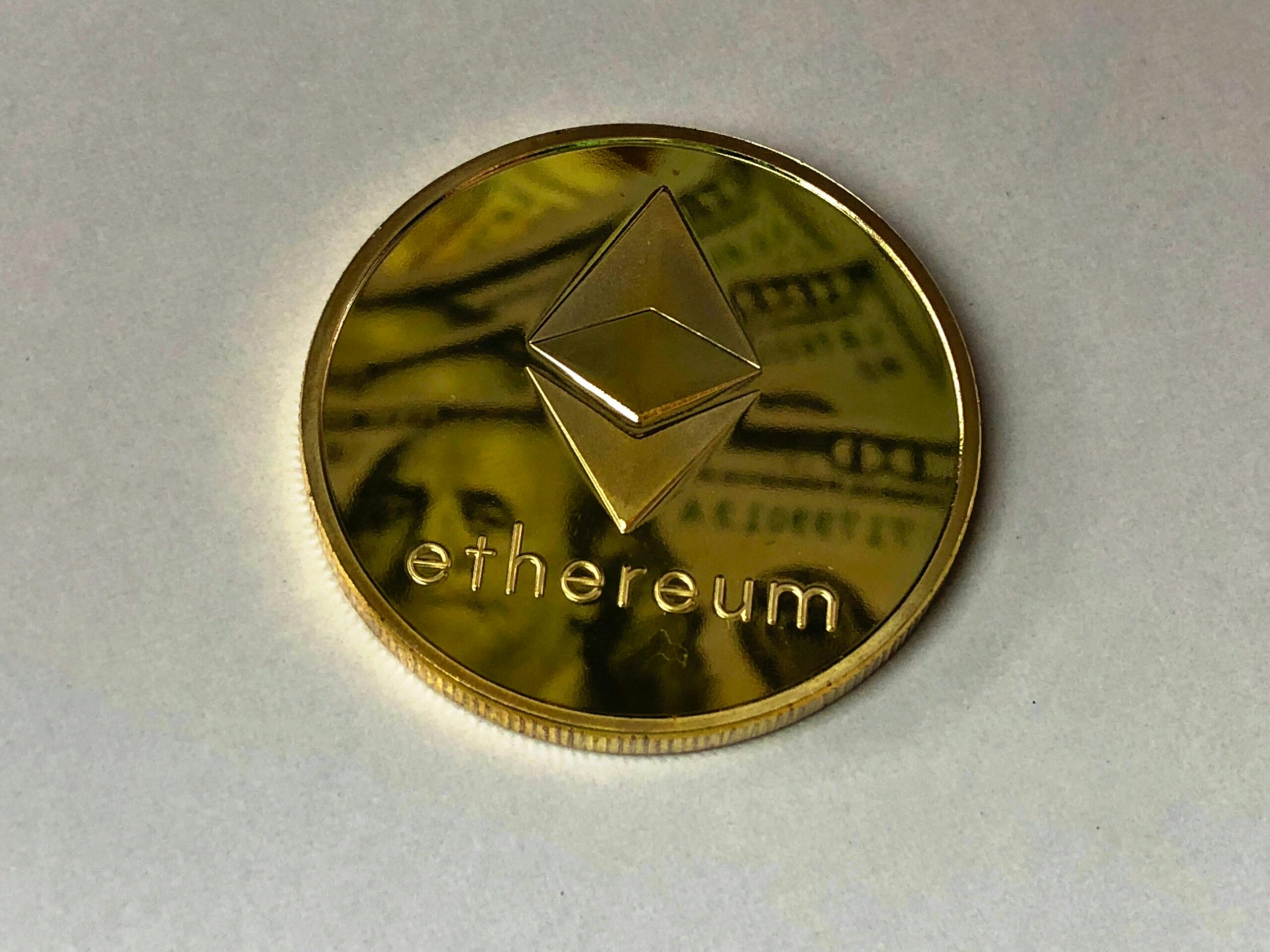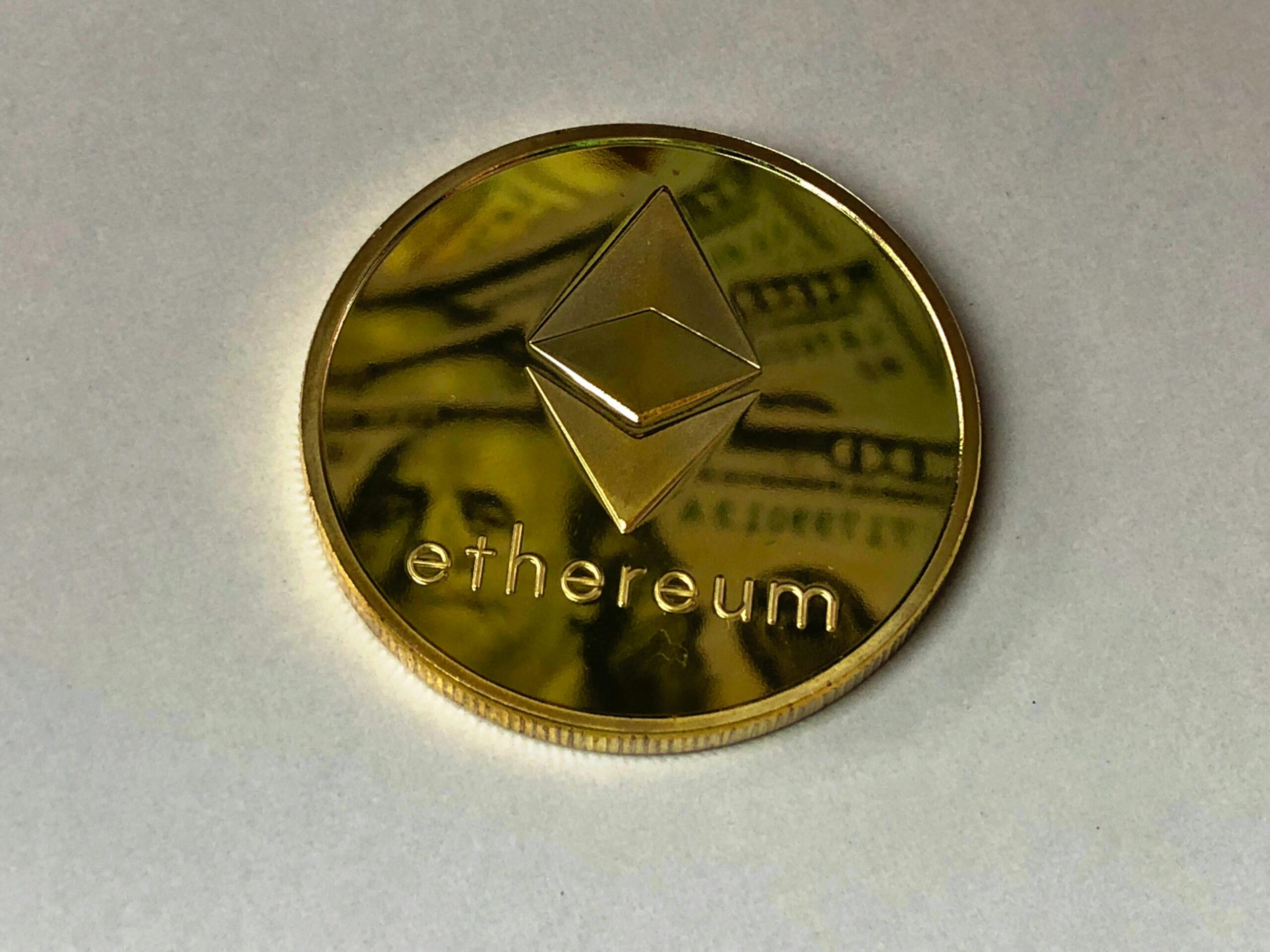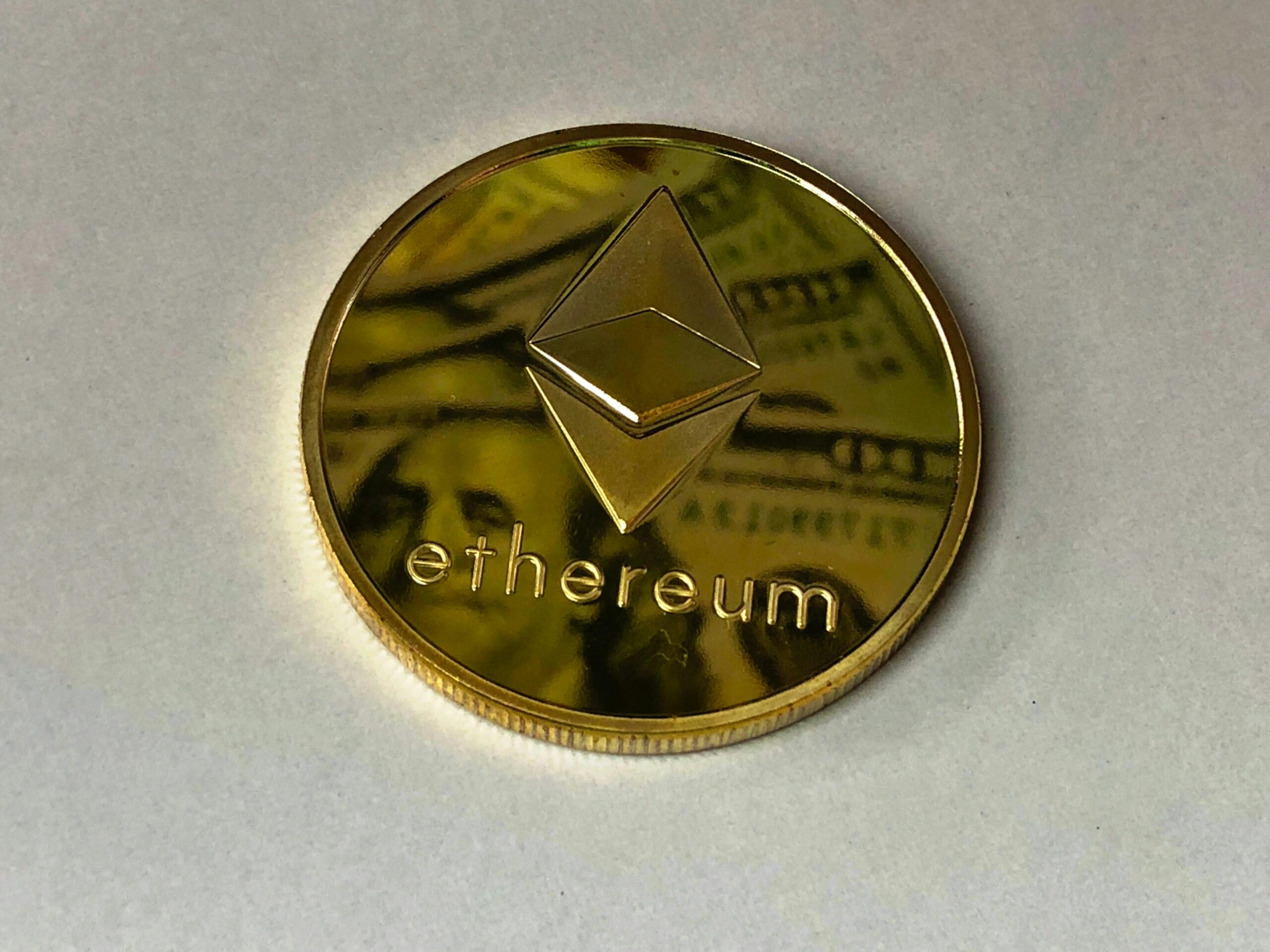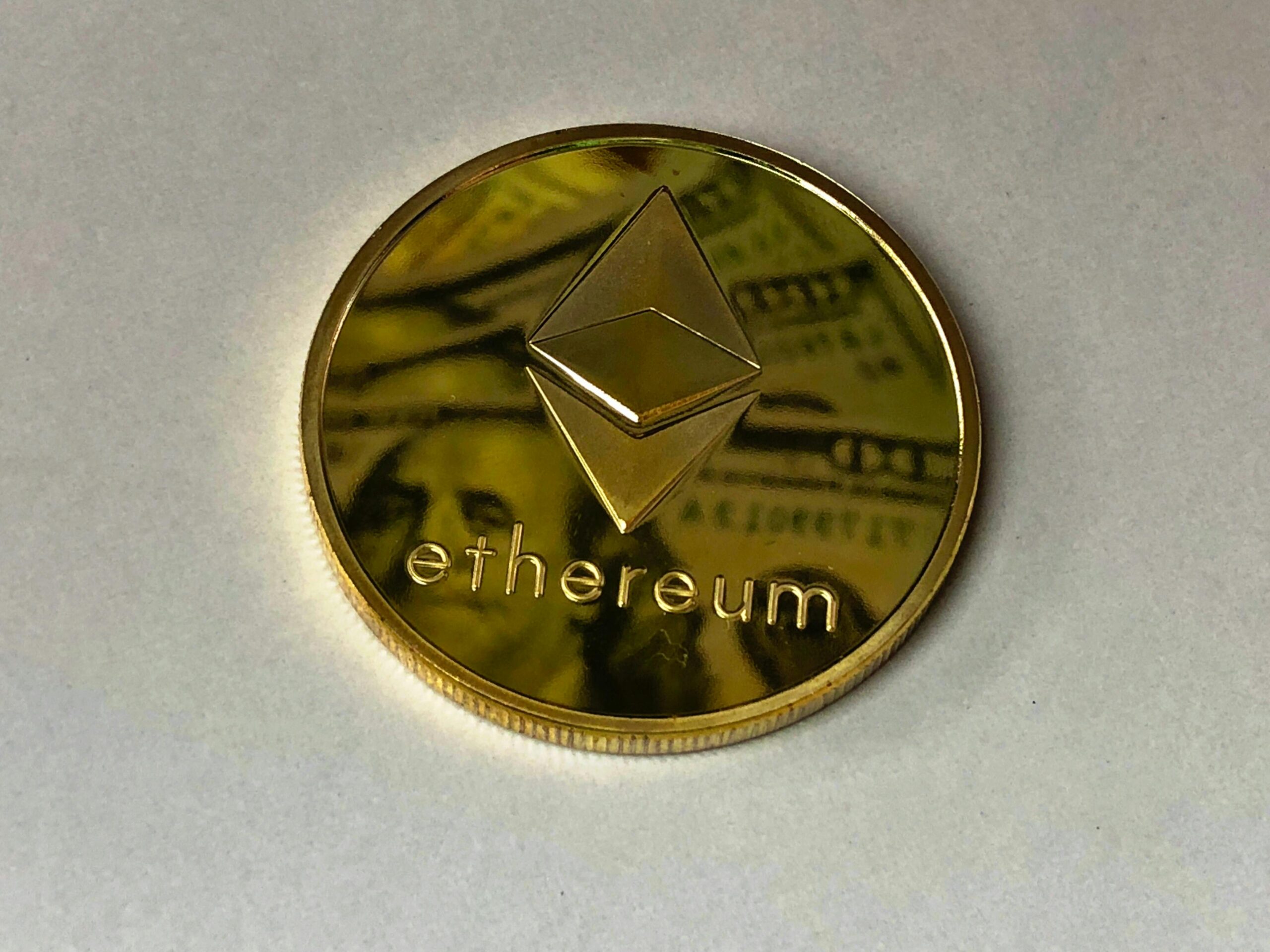
The fascinating world of blockchain and cryptocurrencies! As we dive deeper into the realm of decentralized networks, it’s essential to understand the building blocks that make up these systems. One such crucial component is the blockchain node. In this explanation, I’ll break down what a blockchain node is, its role in the network, and why it’s vital for the functioning of the entire ecosystem.
So, let’s start with the basics. A blockchain node is essentially a computer or device that participates in the decentralized network by storing, verifying, and transmitting data across the blockchain. Think of it as a tiny piece of a massive puzzle, working together with other nodes to create a comprehensive picture of the blockchain’s state. Each node operates independently, yet collaborates with others to ensure the integrity and security of the network.
Imagine you’re attending a huge music festival with thousands of people. In this scenario, each person represents a node, and they all work together to create an incredible experience. Just as how individual festival-goers might have different roles – some might be dancing, while others are selling food or providing medical assistance – blockchain nodes also assume various responsibilities within the network.
One key role of a blockchain node is to store a copy of the blockchain’s ledger, which contains all the transactions that have ever occurred on the network. This ledger, often referred to as the distributed ledger technology (DLT), allows each node to maintain an identical replica of the entire transaction history. Having multiple nodes with the same data ensures that the information remains decentralized and accessible, preventing any single entity from controlling or manipulating it.
Now, when a new transaction is made on the blockchain – like someone sending some cryptocurrency to another person – it’s broadcasted to the network for verification. This is where another vital function of blockchain nodes comes into play: validation. Nodes verify transactions using complex algorithms and cryptography, making sure that the sender has the necessary funds and that the transaction follows the rules of the network. Once a node validates a transaction, it’s added to a batch of unconfirmed transactions called a block.
Here’s where things get really interesting: nodes also compete with each other to solve a complex mathematical puzzle – think of it like solving a Rubik’s Cube blindfolded while being attacked by a swarm of bees! The first node to successfully solve this puzzle gets to add the new block of verified transactions to the blockchain, which is then broadcasted to all other nodes in the network. This process, known as mining (although not all blockchains use mining), allows for the creation of new blocks and the updating of each node’s copy of the ledger.
Another role that blockchain nodes play is that of relaying information across the network. When a node receives new data – whether it’s a transaction, a block, or some other type of information – it transmits this data to its neighboring nodes, who then forward it further. This process creates a ripple effect, allowing the entire network to stay synchronized and up-to-date.
Now, I know what you’re thinking: “Why is all this necessary?” Well, my inquisitive student, the beauty of blockchain lies in its decentralized nature – there’s no single point of failure or control. By having numerous nodes performing different functions across the globe, the network becomes incredibly resilient and resistant to manipulation. Even if a group of malicious actors tried to compromise a few nodes, the remaining honest nodes would still verify transactions and maintain the integrity of the blockchain.
As you can see, blockchain nodes are the unsung heroes that keep our beloved cryptocurrencies and decentralized networks running smoothly. Without them, we wouldn’t have the trustworthy, transparent, and secure systems that we enjoy today. In conclusion, understanding the role of blockchain nodes is essential for anyone looking to grasp the intricacies of this revolutionary technology.
So there you have it – a comprehensive look at what a blockchain node does and why they’re crucial to the network’s functioning. I hope this explanation has helped shed some light on these mysterious building blocks, giving you a deeper appreciation for the incredible world of blockchain and cryptocurrencies!










